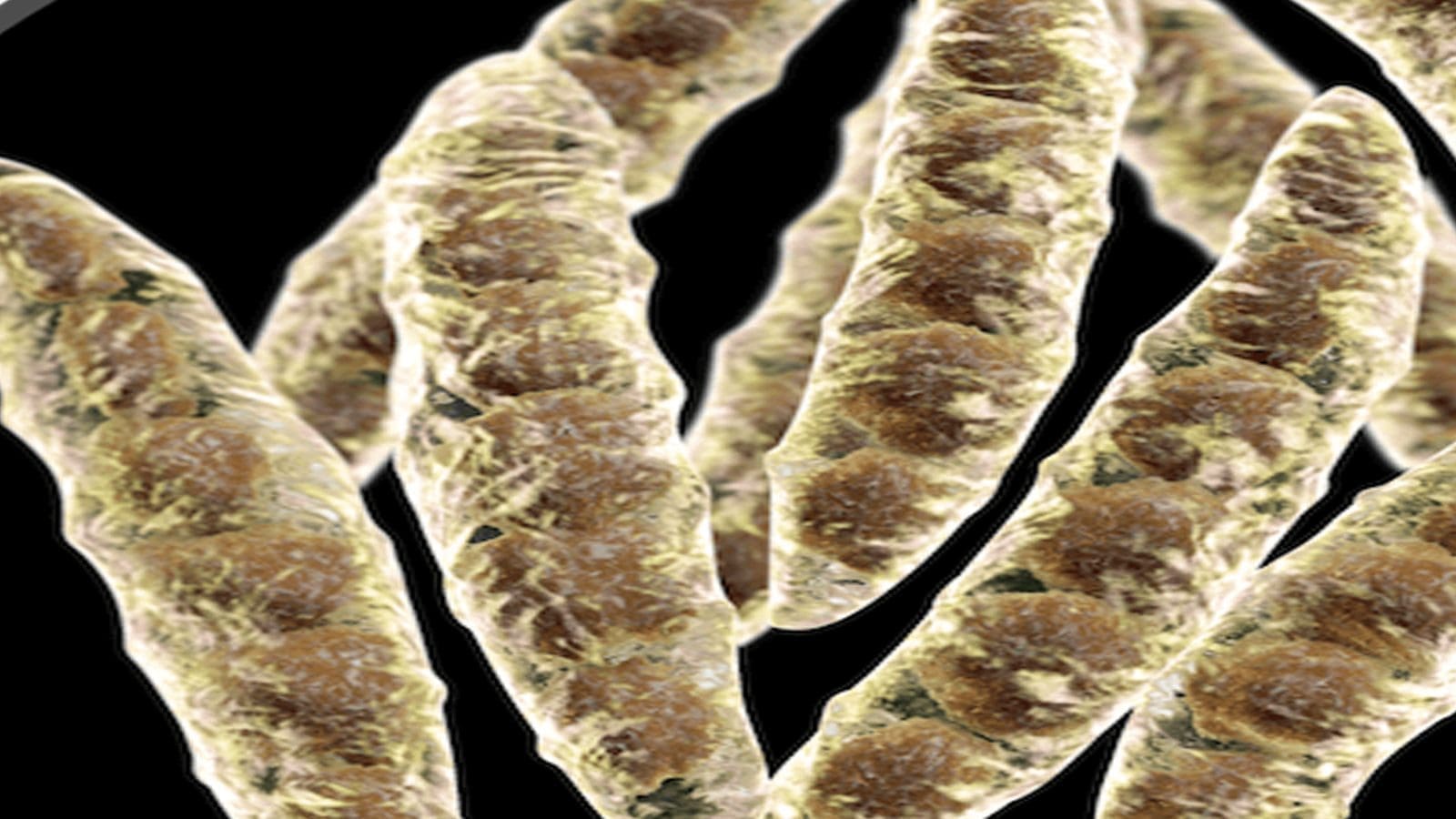U.S – The Agricultural Research Service (ARS) of the U.S. Department of Agriculture (USDA) has identified 33 new species of mycotoxin-producing fungi that are part of the Fusarium genus, paving the way for research to fight a grave threat to the world’s food supply.
Several Fusarium species are known to produce toxic secondary metabolites in plant tissues, among which Trichothecenes are among the mycotoxins of greatest concern to food safety and human health.
In addition to being an immediate concern to humans and livestock due to the disease they can cause, mycotoxins have the potential to be carcinogenic if taken often over an extended period of time.
“The research team found 33 new species of fungi in the genus Fusarium that produce mycotoxins that are harmful to plant, animal, and human health.
“Some of these fungi also cause severe symptoms of FHB, an economically important disease of cereal crops in the United States,” said Imane Laraba, Lead Author of the article and Microbiologist at the ARS Mycotoxin Prevention and Applied Microbiology Research (MPM) unit.
Fusarium Head Blight (FHB), a disease that damages important crops like grain, is notable for being brought on by some of the fungus Fusarium species.
The FHB-causing fungi infect wheat florets, causing fungi and toxins to accumulate in wheat seeds. It is possible to contaminate entire loads of grain if the seeds are harvested and ground into flour.
“The rejection of contaminated wheat prevents toxins from getting into our food supply, but it represents a significant financial loss to growers and may increase the price of grain and flour – and, ultimately, the cost of bread, pasta, crackers, etc.
“This is why it is so important to prevent the fungus from infecting the wheat head during the season,” Kirk Broders, Curator of the ARS Culture Collection and Microbiologist at MPM said.
The National Center for Agricultural Utilization Research’s ARS Mycotoxin Prevention and Applied Microbiology Research section in Peoria, Illinois, is where the new fungi species are being kept (NCAUR).
The ARS Culture Collection, one of the world’s biggest public collections of microbes, is located inside NCAUR and is home to around 98,000 different strains of bacteria, yeast, and fungi.
Researchers can use the ARS Culture Collection as a comprehensive collection of specimens to breed resistant crops, create methods for disease monitoring, find and stop the spread of novel invasive infections, and assess potential chemical and biological controls.
According to Broders, 25% of the world’s crops are affected by mycotoxins each year, with annual yield losses of around 1 billion metric tons of food and food products.
Although estimates of the costs of crop loss due to mycotoxins in the U.S. are difficult to measure as they impact total grain harvested and grain quality after harvest, they have been estimated to range from U.S$ 500 million to U.S$ 1.5 billion per year.
Liked this article? Subscribe to Food Safety Africa News, our regular email newsletters with the latest news insights from Africa and the World’s food safety, quality and compliance. SUBSCRIBE HERE








